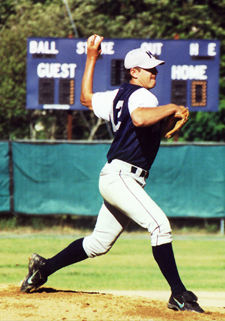 Joe Saunders
Joe Saunders
Harwich 2001
Pitcher
Virginia Tech
The league batting average in 2001 was .224, a sign that it was a year for pitchers. You never know what exactly that means — whether the hitters were especially weak or whether the pitchers were especially strong. In most cases, it’s probably a combination of both.
But to do what Joe Saunders — and some of his fellow standouts who are on this list — did in 2001, you have to be pretty strong, regardless of who you’re facing.
Saunders came to the Cape from Virginia Tech, a school that’s certainly not a baseball powerhouse. But once he donned a Harwich uniform, he started rubbing shoulders with guys who did hail from powerhouses.
Saunders, a 6’3 lefty, helped secure his status as a top prospect with an outstanding summer. He went 4-3 and put up a 1.02 ERA, which was second in the league. He struck out 61 and walked just 11. It was a big year for strikeouts, so Saunders didn’t rank in the top five, but he also had a better ERA than just about everyone else on the strikeout leaderboard.
And plenty of people took notice.
Saunders was picked as the East starter for the all-star game. He picked up the win in that game with two shutout innings and three strikeouts.
After the Cape
Saunders had an outstanding final season in Blacksburg, posting a 2.88 ERA with 102 strikeouts in 97 innings. He was drafted by the Angels with the 12th overall pick in the 2002 draft. Since making his debut in 2005, Saunders has become a reliable big-league starter. He won 17 games in 2008 and 16 in 2009.
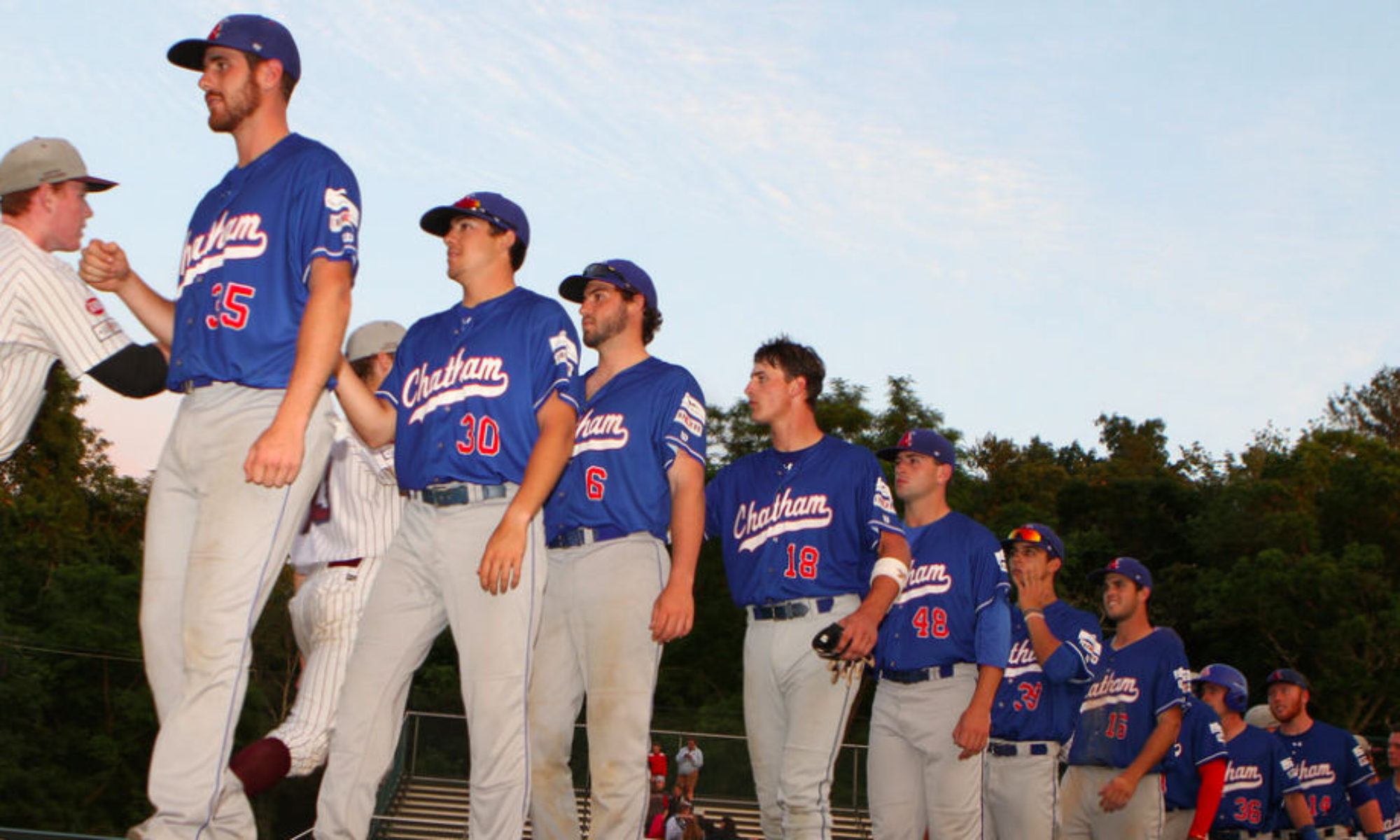
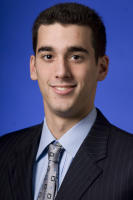 Chris Manno
Chris Manno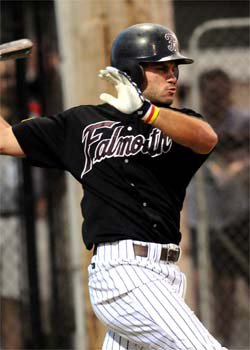 Jimmy Cesario
Jimmy Cesario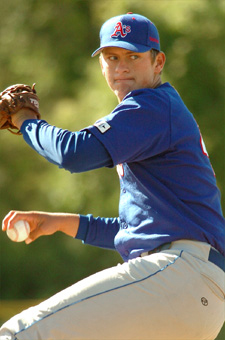 Jared Hughes
Jared Hughes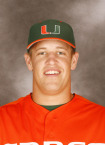 Dennis Raben
Dennis Raben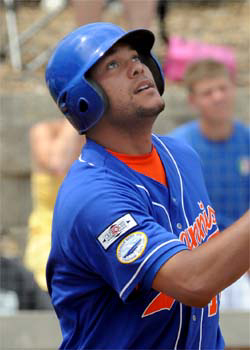 Chris Dominguez
Chris Dominguez J.C. Holt
J.C. Holt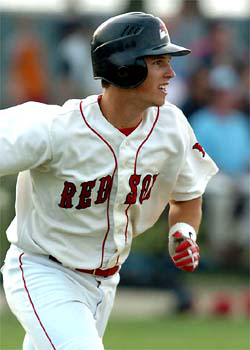 Buster Posey
Buster Posey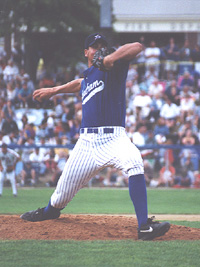 Chris Young
Chris Young